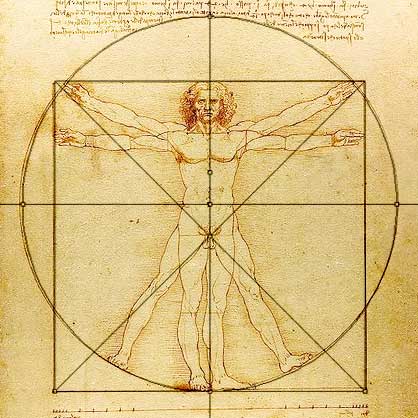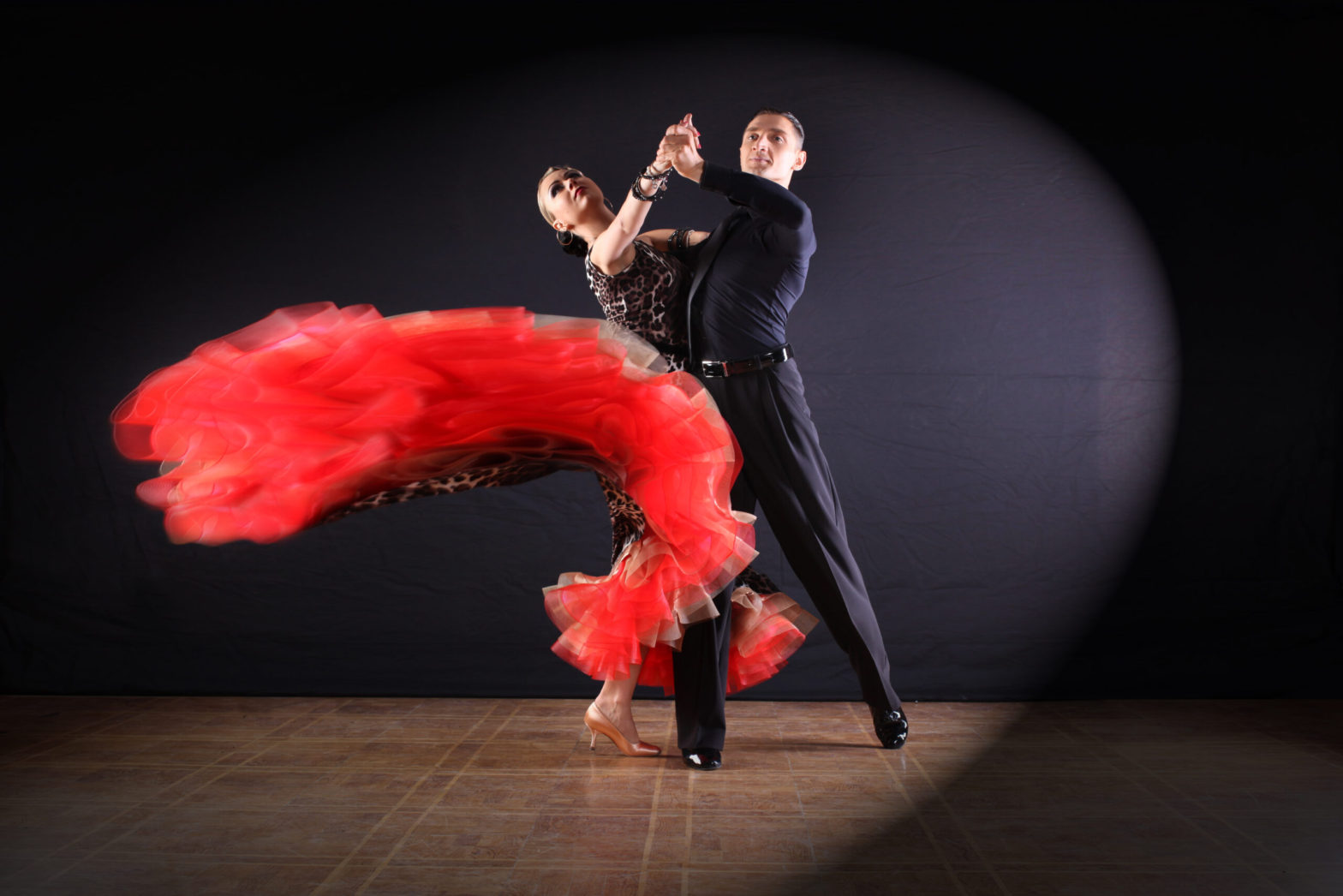
Please do not read this if you know everything there is to know about posture!!
Let’s just take a moment to talk about this word, posture. which we hear about from our ballroom teachers. They are talking about dancing with good posture, a lengthened spine, etc. As a starting point, the dictionary defines it as:
1) The position in which someone holds their body when standing or sitting. E.g. “he stood in a flamboyant posture with his hands on his hips”.
OR
2) A particular way of dealing with or considering something; an approach or attitude.
Which one resonates with you? Number 1 or 2?
I’m going to go out on a limb and go non-conventional and say that I prefer definition #2.
Why is that?
Because it expresses “considering something” which better describes a constructive approach to posture. Considering something is not plugging into a position which is static by nature and attained by adopting a form. Considering something is substituting curiosity in place of knowing.
Why is that better?
Because, gosh darn it, most of us have habits about posture that just don’t work for us. People think that ballet dancers have such great ‘posture’. Well, I didn’t because I was adopting definition #1 – the dreaded POSITION! And I carried it around in my daily life with often painful results. Military posture is ridiculously braced, and dare I say ballroom posture can be the same if the goal is to create a shape.
Your ballroom teachers are totally correct in placing importance on ‘posture’. It is the carriage of your body that signals what style of dance you are doing as well as eliciting elegance, balance and confidence.
But how do you get this lengthened spine without doing something muscularly? It’s an important question but teachers don’t know how to explain this.
They may do well themselves because their kinesthetic system has figured it out, and lucky them! (Other naturals are Fred Astaire, Michael Jordan and the famous dancer, Baryshnikov).
To be curious about posture means that there is an opening to create a plan around it, to direct ourselves towards a removal of encumbrances and adding a thinking process that supports our inherent design.
What I know now (which in hindsight I wish I knew then; here’s more of my story) is through FM Alexander’s discovery for which I trained for 3 years and 1600 hours. Alexander’s long process of inquiry into a vocal problem that, as an actor, caused him hoarseness while reciting Shakespeare netted us a rich and profound system for combating dis-ease by created ease in movement. Good for all movers!
Here are 4 Tips to improve your dancing:
1. Become aware of movement patterns, and unnecessary muscle tension particularly in your neck.
For example, notice if you are maintaining an easy neck when approaching a lift, or any other choreography that you may deem as challenging. It will be less challenging if you leave out any contraction in your neck muscles as this can throw your head out of balance on top of your spine.
2. Learn how applying different thinking can produce different (non-habitual) results.
For example, think about what you want- width in your shoulders, each one moving away from the other. Your shoulders are more likely to respond to that plan instead of your habit, which may be pulling forward or pushing back.
3. Learn to shed extraneous tension so that the appropriate tone can be applied where it is needed.
Our bodies rely on a balance of muscle tone specifically utilized to create efficient movement. We know that ”posture” is important yet trying for good posture by bracing the spine works against the ease, freedom and strength that we are working towards.
4. Build strength from 1,2 and 3.
Be aware of what you are doing that is not working,, Think of what you do want: ease, lengthening, an open stature and an economy of effort so that strength is built on a foundation of efficiency
Happy Dancing! If you know other dancers who may benefit from these tips, please forward. Who do you think exemplifies ease and grace?
To get my free 10 Steps to Competitive Greatness, click here.
 “10 Steps to Competition Greatness”
“10 Steps to Competition Greatness” 
 While listening to NPR, I heard a software designer utter the phrase “Lazy like a fox”. He was referring to taking advantage of other’s inroads into discoveries that cut corners, essentially saving the time and energy.
While listening to NPR, I heard a software designer utter the phrase “Lazy like a fox”. He was referring to taking advantage of other’s inroads into discoveries that cut corners, essentially saving the time and energy. During my professional ballet career I was introduced to a new teacher by one of my fellow dancers. Her name – Maggie Black. She recently passed away and this brought an outpouring of reflections from her loyal, loving and ‘forever changed’ students. Her method of teaching ballet was anatomically focused and her commitment to this was the rigor that we all saw as our ticket to freedom of movement. Sometimes her way of delivering this focus was gentle, at times forceful at other times with humor. Her classes became both a social network and an intensive workshop.
During my professional ballet career I was introduced to a new teacher by one of my fellow dancers. Her name – Maggie Black. She recently passed away and this brought an outpouring of reflections from her loyal, loving and ‘forever changed’ students. Her method of teaching ballet was anatomically focused and her commitment to this was the rigor that we all saw as our ticket to freedom of movement. Sometimes her way of delivering this focus was gentle, at times forceful at other times with humor. Her classes became both a social network and an intensive workshop. Many years ago, during my ballet career, I regularly performed at the Metropolitan Opera House with American Ballet Theater. Although most of my time was spent in the corps de ballet, I did have the opportunity to perform many solos. They were the outcome of years of study starting at the age of 8 and culminating in a professional career with an often punishing performing schedule. I danced full length ballets like Swan Lake and Giselle, repertoire pieces (3 or 4 per night) and I was always on stage.
Many years ago, during my ballet career, I regularly performed at the Metropolitan Opera House with American Ballet Theater. Although most of my time was spent in the corps de ballet, I did have the opportunity to perform many solos. They were the outcome of years of study starting at the age of 8 and culminating in a professional career with an often punishing performing schedule. I danced full length ballets like Swan Lake and Giselle, repertoire pieces (3 or 4 per night) and I was always on stage.





